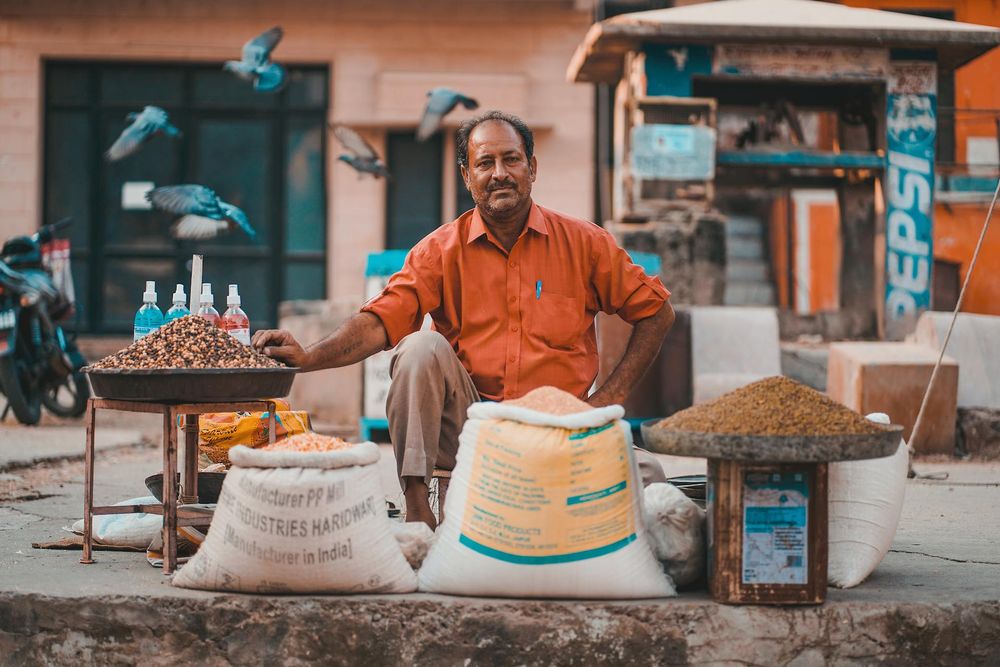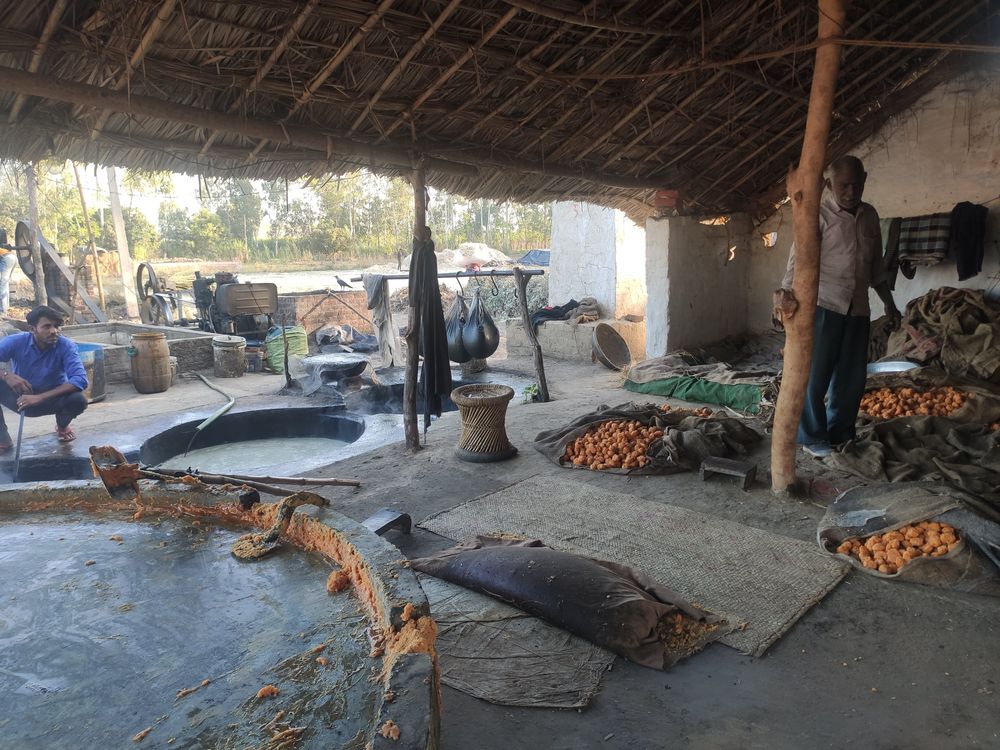Introduction:
- The Prime Minister’s Employment Generation Programme (PMEGP) is a flagship initiative by the Government of India aimed at creating self-employment opportunities by supporting individuals in setting up micro-enterprises. Launched in 2008, this scheme has been pivotal in promoting entrepreneurship, especially in rural and semi-urban areas. Managed by the Ministry of Micro, Small, and Medium Enterprises (MSME), the scheme encourages traditional crafts and industries while enabling job creation for unemployed individuals. With a focus on financially supporting new ventures, PMEGP is one of the government's major efforts in reducing poverty, increasing self-reliance, and enhancing the country's industrial infrastructure.
This article explores the various aspects of the PMEGP scheme, including its eligibility criteria, objectives, application process, financial assistance, and other crucial information.
Objectives of the PMEGP Scheme:
The PMEGP scheme is designed with multiple objectives aimed at addressing employment, economic development, and entrepreneurship. The key objectives include:
Employment Generation:
- One of the primary goals of the PMEGP scheme is to generate large-scale employment opportunities, particularly for unemployed youth and traditional artisans. It focuses on providing a platform for self-employment through setting up micro-enterprises.
Encouraging Entrepreneurial Spirit:
- PMEGP aims to promote entrepreneurship by offering financial assistance to individuals wanting to start their own businesses. It particularly targets economically weaker sections, including socially and economically disadvantaged groups.
Rural and Urban Development:
- The scheme emphasizes the balanced development of rural and semi-urban areas by enabling the growth of micro-enterprises. It seeks to minimize migration from rural to urban areas by providing employment locally.
Promotion of Traditional Crafts:
- PMEGP encourages the preservation and promotion of traditional crafts and industries, which are often neglected in today’s modern economy. The scheme allows artisans and craftsmen to sustain their livelihoods while keeping their crafts alive.
Wealth Distribution:
- By targeting different sections of society, particularly the marginalized and backward classes, PMEGP seeks to bridge economic disparities. The scheme focuses on inclusive growth by spreading wealth creation opportunities across diverse regions and communities.
Self-Sustainability:
- PMEGP empowers individuals to become self-reliant through entrepreneurship. Instead of depending on government jobs or subsidies, individuals can create income-generating businesses that contribute to economic development.
Eligibility Criteria for PMEGP:
Understanding the eligibility criteria for the PMEGP scheme is crucial for potential applicants. The scheme aims to support a wide range of beneficiaries, but specific qualifications must be met:
Age:
- The applicant must be at least 18 years old to apply for PMEGP.
- There is no upper age limit, which allows individuals of all ages, including experienced professionals, to benefit from the scheme.
Educational Qualification:
- For projects costing above ₹10 lakh in the manufacturing sector and ₹5 lakh in the service sector, the applicant should have passed at least the 8th standard.
- For lower-cost projects, no minimum educational qualification is required, making the scheme accessible to a broad spectrum of individuals.
Types of Beneficiaries:
The scheme is open to individuals and groups, including:
- Unemployed youth
- Self-help groups (SHGs)
- Institutions registered under the Societies Registration Act, 1860
- Charitable trusts
- Production Co-operative Societies
- Rural and urban artisans
- Ex-servicemen
Categories for Reservation:
- Special provisions are made for the socially disadvantaged groups, including Scheduled Castes (SCs), Scheduled Tribes (STs), Other Backward Classes (OBCs), women, and differently-abled individuals.
- These groups are entitled to receive higher subsidies and favorable terms of financial assistance under the scheme.
Existing Enterprises:
- The scheme is exclusively for new ventures and does not support the expansion or modernization of existing enterprises.
- Individuals who have already availed of benefits under other similar schemes such as Pradhan Mantri Rozgar Yojana (PMRY) or Rural Employment Generation Programme (REGP) are not eligible.
Financial Assistance and Subsidy under PMEGP:
One of the most attractive features of the PMEGP scheme is the financial assistance provided to applicants in the form of subsidies. The scheme follows a cost-sharing model between the government, banks, and the entrepreneur.
Loan Assistance:
- Under the PMEGP scheme, applicants are eligible to receive a bank loan covering 90-95% of the project cost.
- This loan includes a combination of term loans and working capital assistance.
Subsidy Amount:
The government provides a significant portion of the project cost as a subsidy, reducing the repayment burden on entrepreneurs.
- For general category beneficiaries in urban areas, the subsidy is 15% of the project cost, while it is 25% in rural areas.
- For special category beneficiaries (SC/ST/OBC/Minorities/Women/Ex-servicemen) in urban areas, the subsidy is 25%, while in rural areas, it goes up to 35%.
Own Contribution:
- The beneficiary must contribute 5-10% of the project cost from their own funds, depending on their category.
- General category applicants must provide 10%, whereas reserved categories need to contribute only 5%.
Project Cost Limits:
- The maximum project cost under the PMEGP scheme is Rs. 25 lakh for the manufacturing sector and Rs. 10 lakh for the service sector.
- This ensures that applicants can set up reasonably sized businesses without facing excessive financial burdens.
Application Process for PMEGP:
The application process for the PMEGP scheme is transparent and user-friendly, making it easy for potential entrepreneurs to apply. Here’s a step-by-step guide to the process:
Online Application:
- The first step is to visit the official PMEGP e-portal and fill out the application form with the necessary details.
- Applicants must provide basic personal information, project details, and the proposed business plan.
Document Submission:
- Key documents such as identity proof (Aadhar card, PAN card), educational qualifications, project report, and category certificate (if applicable) need to be submitted online.
Selection Process:
- Once the application is submitted, it is forwarded to the District Level Task Force Committee (DLTFC), which reviews and shortlists the projects.
- Approved projects are then sent to banks for loan sanctioning.
Training:
- Selected beneficiaries must undergo a mandatory Entrepreneurship Development Programme (EDP) training for 10 days, which equips them with business management skills.
Loan Disbursement:
- After completing the training, the loan is disbursed by the bank, and the subsidy portion is directly credited to the applicant’s loan account, reducing the overall loan liability.
Key Features of PMEGP:
Sector Diversity:
- The PMEGP scheme covers a wide array of sectors, including agriculture, manufacturing, service, and small industries. Traditional crafts, handlooms, and village industries are strongly encouraged.
Subsidy and Financial Support:
- The substantial subsidy (up to 35%) makes it easier for beneficiaries to set up and sustain their businesses. This, in turn, reduces their financial risk and dependence on external funding.
Focus on Inclusivity:
- The scheme prioritizes the socio-economic upliftment of disadvantaged sections by offering them higher subsidies and preferential terms.
EDP Training:
- The mandatory EDP training ensures that beneficiaries have the necessary skills to manage their businesses efficiently, increasing their chances of success.
Challenges and Limitations:
- Although PMEGP has been largely successful in generating employment and promoting entrepreneurship, there are a few challenges associated with its implementation:
Difficulty in Accessing Finance:
- Some applicants face difficulties in securing loans from banks, despite the government’s support. Banks often require collateral or additional documentation, which can delay or hinder the loan process.
Lack of Awareness:
- Many eligible individuals, especially in rural areas, are unaware of the PMEGP scheme or do not have the means to apply due to lack of access to the internet or information.
Monitoring and Support:
- Post-loan disbursement, there is a lack of monitoring and support from authorities, which may lead to project failure, especially for first-time entrepreneurs.
Conclusion:
- The Prime Minister’s Employment Generation Programme (PMEGP) is a vital initiative that empowers individuals to establish their own businesses, particularly in rural and semi-urban areas. By providing financial assistance, subsidies, and training, the scheme aims to reduce unemployment, promote entrepreneurship, and foster inclusive growth. While there are certain challenges in accessing loans and awareness about the scheme, PMEGP continues to be a critical tool for self-employment and economic development in India.
FAQs:
Who can apply for the PMEGP scheme?
- Individuals above the age of 18, including unemployed youth, artisans, SHGs, and institutions, can apply for PMEGP.
What is the maximum loan amount under PMEGP?
- The maximum project cost is Rs. 25 lakh for the manufacturing sector and Rs. 10 lakh for the service sector.
Is collateral required to secure a PMEGP loan?
- No, collateral is generally not required as the scheme is aimed at promoting micro-enterprises.
How much subsidy is provided under PMEGP?
- General category beneficiaries receive 15-25% subsidy, while special category beneficiaries receive 25-35%, depending on the location (urban or rural).
What sectors are covered under PMEGP?
- The scheme covers a wide range of sectors, including manufacturing, services, agriculture, and traditional crafts.
What is the PMEGP loan scheme?
- Under the Prime Minister's Employment Generation Programme (PMEGP), individuals aged 18 or older, who have completed at least the 8th standard, can apply for loans to start microenterprise ventures. This scheme is open to all sectors, except those related to agriculture.
Which businesses are eligible for PMEGP?
- Under PMEGP, loan amounts up to Rs. 10 lakh are available for the manufacturing sector, and up to Rs. 5 lakh for the business/service sector. Only new projects are eligible for sanction. Self-Help Groups, institutions registered under the Societies Registration Act, 1860, production co-operative societies, and charitable trusts are also eligible to apply.
What is the highest loan amount in PMEGP?
- Under PMEGP, the maximum project cost is Rs. 50 lakh, which includes both the term loan for capital expenditure and working capital.
What is the minimum income for PMEGP?
- For projects above Rs. 10 lakh in the manufacturing sector and Rs. 5 lakh in the business/service sector under PMEGP, beneficiaries must have a minimum educational qualification of passing the 8th standard.
How to claim PMEGP subsidy?
- After disbursing the loan amount, the financing bank will claim the margin money subsidy online through the portal. The nodal bank will then release the subsidy to the respective financing bank. The margin money subsidy must be kept in a term deposit for 3 years.
Which documents are required for a PMEGP loan?
Here are some documents you may need to provide when applying for the PMEGP loan scheme:
- Aadhaar card
- PAN card
- Project report
- Caste certificate
- Special category certificate (if applicable)
- Rural area certificate (Population certificate)
- Education/Skill development training/EDP certificate
- Authorization letter
We hope that you like this content and for more such content Please follow us on our social site and YouTube and subscribe to our website.
Manage your business cash flows and payable/receivables using our Bahi Khata App


